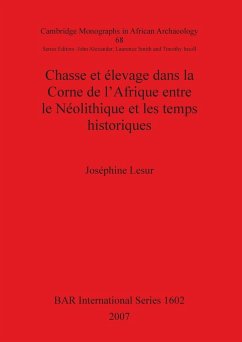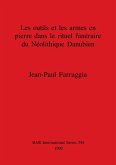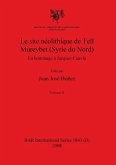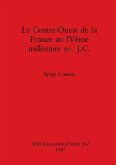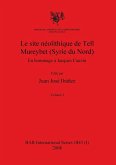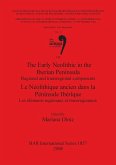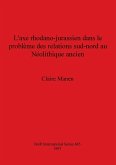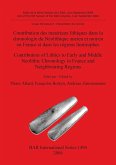The main goal of this research is to know the exploitation of the faunal diversity during the Holocene in the Horn of Africa, especially in the arid plain of Gobaad in Djibouti and in the mountainous region of Wolayta in Ethiopia. For that purpose, the author has studied faunal collections (more than 70 000 remains and 34 species) from five archaeological sites occupied from the 5th millennium BC to the 1st millennium AD. Both these regions offer very different natural environments, in which the presenceof specialized societies of hunter-gatherers is evident. By integrating the findings of this research with data from the neighbouring countries, and by comparing them with all archaeological data, it appears that the diffusion of farming came from acculturation more than migration. The environmental and cultural diversity of the Horn of Africa encouraged the emergence of numerous patterns for the later adoption of pastoralism.
Hinweis: Dieser Artikel kann nur an eine deutsche Lieferadresse ausgeliefert werden.
Hinweis: Dieser Artikel kann nur an eine deutsche Lieferadresse ausgeliefert werden.

